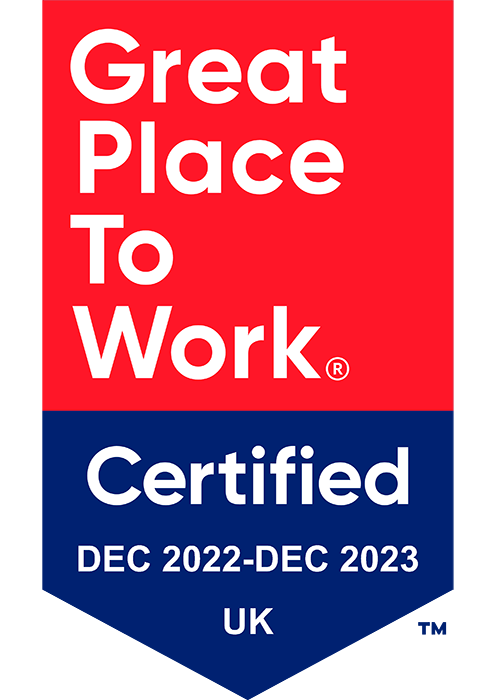Lifting heavy objects is a common task in various work environments, and if not done correctly, it can lead to strains, sprains, and other musculoskeletal injuries. Whether you work in a warehouse, construction site, or office setting, knowing how to lift heavy objects safely is essential for protecting your well-being. In this article, we will explore proper lifting techniques that can help prevent injuries and promote workplace safety.
“Lifting technique is one factor to consider in minimising injury risk, an individual should always assess if they have the required strength and capacity to perform the task. One without the other can significantly increase injury risk” – Dan Clarke | MSK Advisor & Rehabilitation Specialist.
Assess the Load:
Before lifting any heavy object, take a moment to assess its weight and size. Determine if you can handle the load on your own or if you need assistance. If the object is too heavy or awkward to lift alone, seek help from a colleague or use mechanical lifting aids like dollies or forklifts.
Warm-Up and Stretch:
Prepare your body for the task ahead by warming up and stretching. Engage in light aerobic exercises or take a short walk to increase blood flow to your muscles. Perform stretching exercises that focus on the major muscle groups involved in lifting, such as the legs, back, and shoulders. This helps loosen your muscles and prepares them for physical exertion.
Use Proper Body Mechanics:
Maintaining proper body mechanics is crucial when lifting heavy objects. Follow these steps to lift safely:
Stand close to the object with your feet shoulder-width apart for a stable base.
Bend your knees, keeping your back straight, and engage your leg muscles.
Get a firm grip on the object with both hands before lifting.
Lift using the strength of your legs, not your back, and avoid twisting your body.
Keep the object close to your body as you lift to minimize strain on your back.
Avoid Straining:
Never force yourself to lift an object that exceeds your physical capabilities. If you feel that the load is too heavy or uncomfortable, stop and reassess the situation. Pushing beyond your limits can lead to serious injuries. Remember, it is better to ask for help or use lifting equipment than to risk harming yourself.
Take Breaks:
If you need to lift heavy objects repeatedly throughout the day, it’s important to take regular breaks. Prolonged lifting without breaks can fatigue your muscles and increase the risk of injury. Schedule short rest periods to give your body time to recover and prevent overexertion.
Maintain a Neutral Spine:
Keeping your spine in a neutral position is essential for preventing back injuries. Avoid excessive bending, arching, or rounding of your back while lifting. Engage your core muscles to stabilize your spine and maintain proper alignment throughout the lifting process.
Teamwork and Communication:
When lifting heavy objects as part of a team, effective communication is vital. Coordinate your movements, establish a clear plan, and synchronize your actions with your lifting partner(s). Use verbal cues or hand signals to ensure everyone is ready and in sync before lifting.
Utilise Lifting Aids and Equipment:
Whenever possible, utilize lifting aids and equipment to minimize the physical strain on your body. Mechanical lifting devices, such as cranes, hoists, or pallet jacks, can greatly reduce the risk of injury and make lifting heavy objects more manageable.
Stay Fit and Maintain a Healthy Lifestyle:
Physical fitness and overall health play a significant role in your ability to lift heavy objects safely. Maintain a regular exercise routine that includes strength training exercises to build muscle strength and endurance. Additionally, prioritize a healthy lifestyle by eating a balanced diet, staying hydrated, and getting enough restorative sleep.
Proper lifting techniques are crucial for preventing injuries and promoting workplace safety. By assessing the load, using proper body mechanics, and avoiding straining, you can protect yourself from musculoskeletal injuries.


